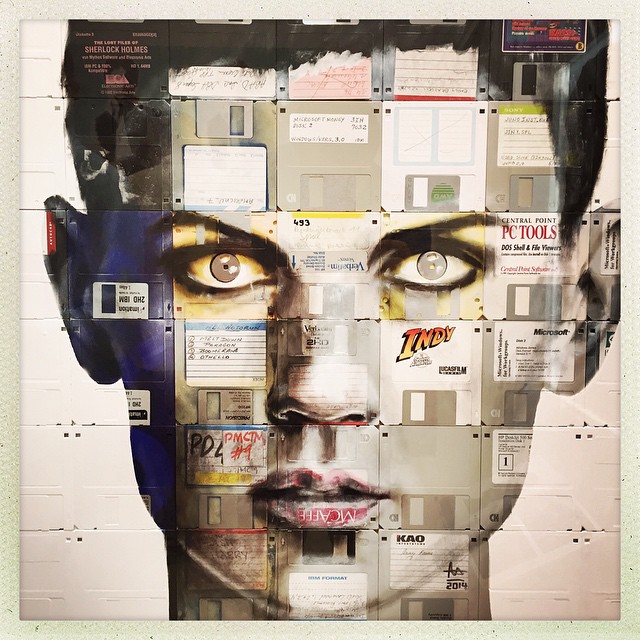
I survived Miami’s art week…
I survived Miami’s big art week, but I was left with a nagging desire for radical change within the art world. I’m tired of seeing women and their anatomy used as objects (subjects) of sexual desire or pleasure, who are often bound up and/or forced to pose like robotic Barbies. I’m tired of seeing art made by men for men during one of the most important global art events of the year.
On Saturday, I resisted the voice in my head that says, “No, don’t go. Stay home and be miserable. ____ art week!” So, I got up. I made pancakes. I went to the gym. I made lunch. I drove to Wynwood. Parked. Walked to Midtown and scurried through Art Miami, Miami Project, Context and Spectrum with the loose intention of seeing how women are represented in the visual arts.
I saw some beautiful work by Nick Gentry, Leah Yerpe and Jenny Morgan. (See below.)
Nick Gentry. Photo by Neil de la Flor.

Leah Yerpe. Photo by Neil de la Flor
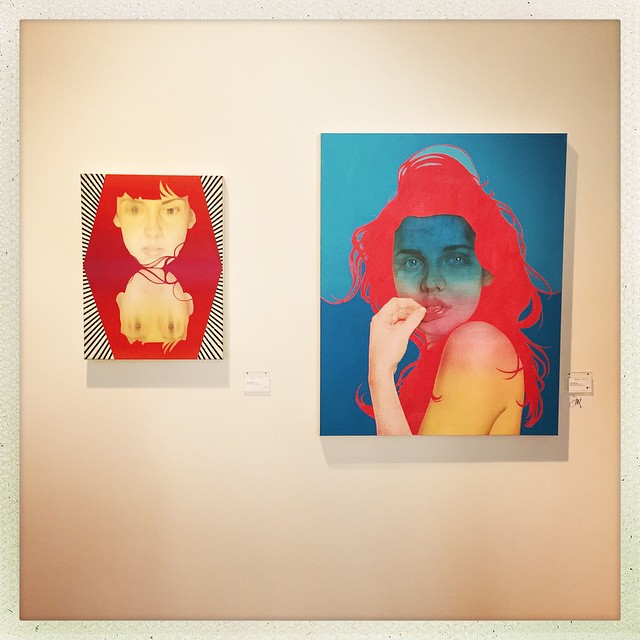
Jenny Morgan. Photo by Neil de la Flor
What I didn’t photograph were the photos, sculptures, paintings and drawings of women used as sexual objects. There were a ton of them. My unscientific estimate is that more than 60 percent of the visual works that contained women as subjects were sexually explicit and/or used the female body as an object. And it’s not that these works weren’t beautiful. It’s just they would have been just as beautiful without using the female form as an end in itself. I’m tired of seeing women in art being sexually and physically assaulted by squid, octopi or themselves. I want a new approach to subject matter in art, one that values both the female and male forms for what they are, not what we want them to be.
I don’t see it happening in the global art scene, but I see it happening among Miami-based artists.
After Midtown, I went for drinks with a friend at The Corner bar near Cannonball. We talked about stuff, but I was thinking about women and art, men and art, women and men, and men and men, and how our desires and our worldview influence almost everything we manufacture as a culture and society. I left the bar around 8 p.m. and headed to ArtCenter/South Florida on South Beach. I wanted to see what South Florida-based artists are doing with subject matter and how they stack up against artists from around the world. As I cruised through the artists’ studios, I saw something radical that I didn’t see so much of at the global art fairs: art made by men and women that didn’t use men or women as sexual objects.
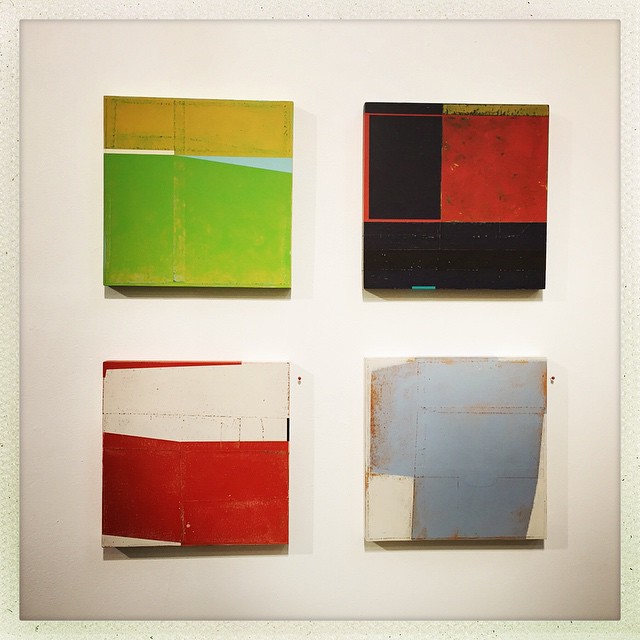
I saw some beautiful work by Babette Herschberger, JeanPaul Mallozzi and Bianca Pratorius. Babette Herschberger. Photo by Neil de la Flor
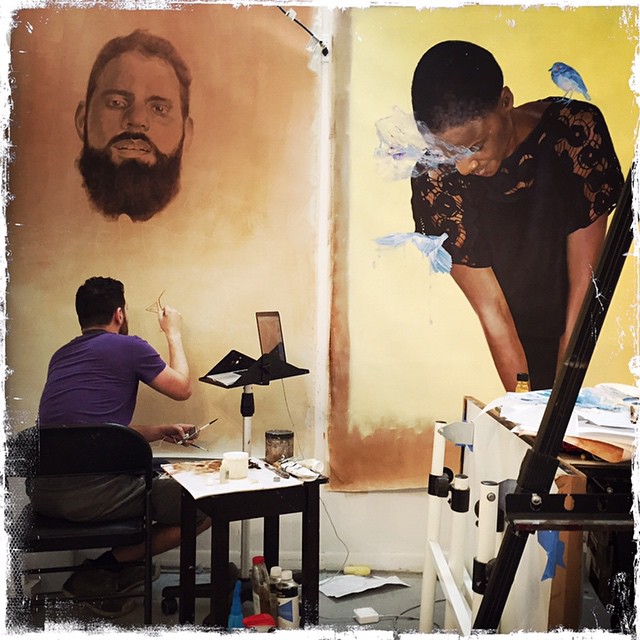
JeanPaul Mallozzi. Photo by Neil de la Flor
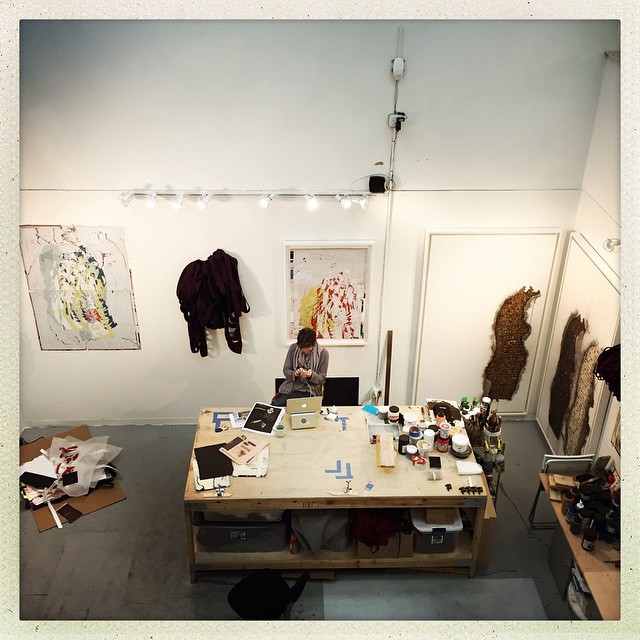
Bianca Pratorius. Photo by Neil de la Flor
The music was too loud at the ArtCenter, so I left, but I found what I was looking for. I wanted more, so I headed over the Auto Body exhibition produced by Miami-based Spinello Projects. Here I found gold inside an abandoned auto body shop that was transformed into a space that contained art made by women (about women and for everyone), instead of art made by men using women’s bodies to sell art.
The exhibition featured 33 female artists, including Augustina Woodgate, Anotnia Wright and Eloise Fornieles, with a focus on Miami-based artists who create work that explores gender identity, feminism, sexuality, consumerism, misogyny and industry. Twenty-five performance videos were installed in three rows, which led to a space where daily performances took place. Auto Body revealed the radical change I was searching for, but it took me eight hours to find it. (Read more about Auto Body here.)
Despite the influx of art and artists from around the world, Miami-based artists and curators have what I’m desperately searching for: art that reveals the depth and complexity of character, not simply the subject of desire.
Recent Content
-
Artsarticle ·
-
Artsarticle ·
-
Artsarticle ·
